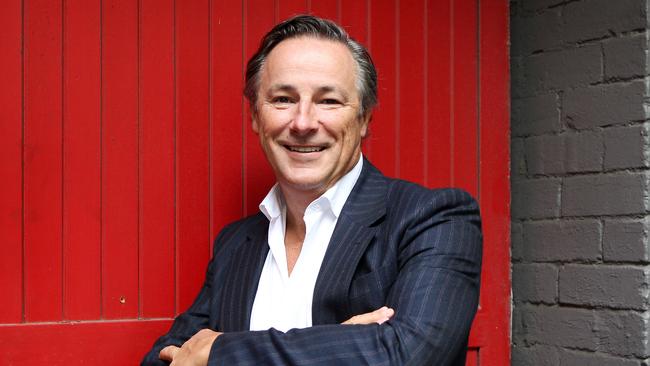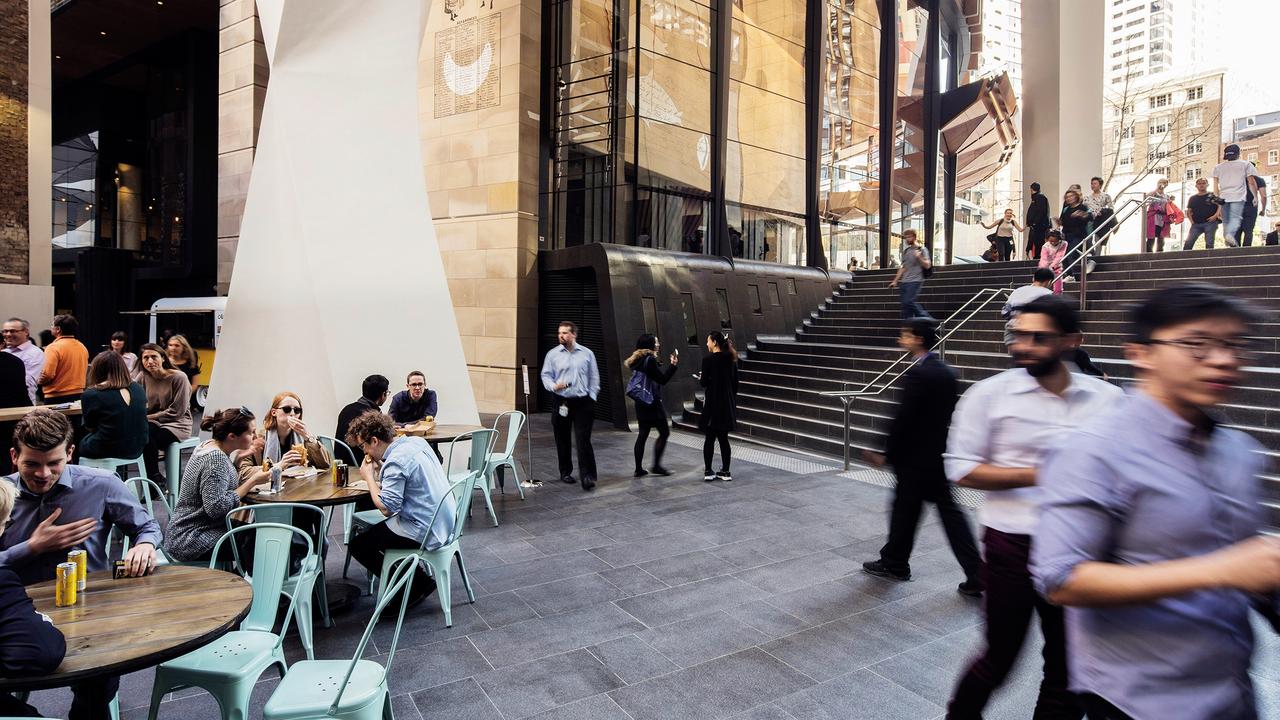Is this Australia’s first permanent part-time CEO?
The demands of being CEO are relentless. For ASX-listed companies, it’s about being always on and present as a leader. This boss wants to reinvent the rule.

The demands of being a chief executive are relentless. For an ASX-listed company, it’s about being always on and present as a leader.
There’s the conflicting demands from board, staff, investors and customers – each group wanting a slice of the CEO’s time, which means there are never enough hours in the day. There’s the unexpected crises that come your way from time to time and particularly in the finance sector, increasing regulatory demands placed on the job.
For globally-focused companies, the demands of travel are brutal and regularly require being away for weeks on end.
However, this boss, Humm Group’s Stuart Grimshaw, will deliberately reduce his working hours to better manage his work-life balance.
Although Grimshaw is in his early 60s, the move marks the first of a generation of CEOs that have come through a more flexible approach to working. The reason for the permanent reduction was for personal reasons, but the company was not specific about how many days a week were impacted. A Humm spokeswoman declined to comment further.
Humm is a buy now, pay later player and commercial financier that rebranded from FlexiGroup several years ago.
Grimshaw, a former top CBA executive and one-time CEO of Bank of Queensland, was appointed CEO just under two years ago. He was parachuted into the role after sitting on the Humm board for a year.
The reward for the massive hours, of course, is remuneration. Grimshaw collected nearly $3m for his first full year at Humm, and he has a sizeable options package with three-year targets in place, designed to deliver upside with improved performance of the company.
Grimshaw previously ran a US-based pay day lender EZCorp for six years until 2019 where he was paid nearly $50m.
While companies often offer CEOs leave of absence, particularly for illness or a family crisis, the Humm example is unusual given it represents a permanent change in the way the CEO role works.
Chairman Andrew Abercrombie – who is one of the biggest shareholders in Humm – says the request to reduce houses was carefully considered, and it aligns the needs of the company with the individual.
“After thorough discussion with Stuart, and evaluation of the circumstances, we have decided to implement a reduction in CEO time. This change allows us to ensure continued efficiency and leadership, while accommodating necessary personal circumstances,” Mr Abercrombie said.
He said Grimshaw will still be working in the office and driving the business, but with a reduced time commitment. He said there is no change of focus from Grimshaw or the company.

In recognition the company doesn’t stop when the CEO does, one of Humm’s top executives, Rob Wright, will move into a new support role as chief of staff reporting directly to Grimshaw.
Covid-19 up-ended the working habits of Australia’s CEOs. For the first time, they found themselves running their multibillion-dollar businesses from their study or spare rooms.
CEOs were eager to get back into the office when they could, although were often working in empty buildings. One former bank boss has conceded to The Australian he became lost in his own building without the familiar staff around. Increasingly senior managers returned, hoping that would spur on a return.
The Australian recalls one CEO who would routinely start his day in the office at 4am, although this was a company battling a crisis. Many put in the long days and punishing hours. Then there are the demands of the non-office work, including travel, client dinners and investor briefings.
Facebook boss Mark Zuckerberg took two months of paternity leave when each of his children were born. Elon Musk boasts about sleeping in the office, although it's unclear if he is on leave as CEO of his EV company Tesla while working for Donald Trump’s administration.
Former Westpac boss Gail Kelly regularly took her young children on global investor roadshows, a practice soon followed by other leaders.
Another CEO of a top 20 company with a young family regularly left the office around 5pm, and would spend the rest of the night working at home. Even though he was in front of the laptop, this was so he could be at least “present” for the family.
Some companies have joint CEOs, however, this is a matter of getting more management for complex organisations.
Many older executives have said they felt conflicted about missing family life while climbing the corporate ladder. Humm is about to see if work and life can be balanced at the very top.
johnstone@theaustralian.com.au




To join the conversation, please log in. Don't have an account? Register
Join the conversation, you are commenting as Logout